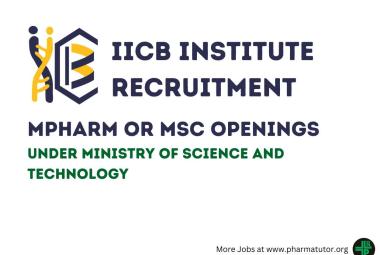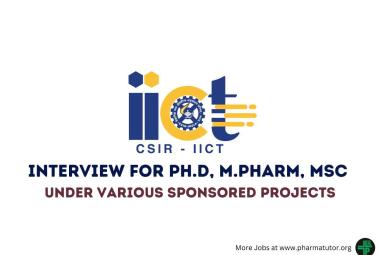Nevro Corp., a medical device company focused on developing solutions in the neuromodulation spacea, has received approval from the United States Food and Drug Administration (FDA) for its Senza spinal cord stimulation (SCS) system. This is indicated as an aid in the management of chronic intractable pain of the trunk and/or limbs, including unilateral or bilateral pain associated with failed back surgery syndrome, intractable low back pain and leg pain.
The Senza system delivering HF10 therapy has experienced strong adoption in Europe and Australia over the past 5 years. After getting FDA approval, patients in the US suffering from chronic pain can get significant benefits of HF10 therapy. HF10 therapy is the only SCS therapy approved by FDA with superiority labeling; HF10 therapy is the only SCS therapy indicated by FDA to deliver pain relief without paresthesia (a constant tingling sensation that is the basis of traditional SCS). The Senza system is the only SCS system that delivers Nevro’s proprietary HF10 therapy, an SCS therapy that provides electrical pulses to the spinal cord to alleviate pain. The electrical pulses are delivered by small electrodes on leads that are placed near the spinal cord and are connected to a compact, battery-powered generator implanted under the skin.
The Senza system was the subject of the Senza-RCT pivotal study, a ground-breaking study that was the first to directly compare SCS therapies. The multicenter study was done across 11 US clinical trial sites, comparing the safety and effectiveness of HF10 therapy to traditional SCS therapy. The study include 241 patients, making it the largest prospective randomized SCS study ever conducted to assess the treatment of chronic back and leg pain. The labeling for the Senza system and HF10 therapy was based on the Senza-RCT clinical trial, where HF10 therapy was meaningfully superior to traditional SCS therapy for back and leg pain, including superior response rates, pain relief, and functional outcomes. Superiority was demonstrated in the primary and all secondary endpoints including at every measurement time point throughout the 12 month follow up.
Subscribe to PharmaTutor News Alerts by Email >>










